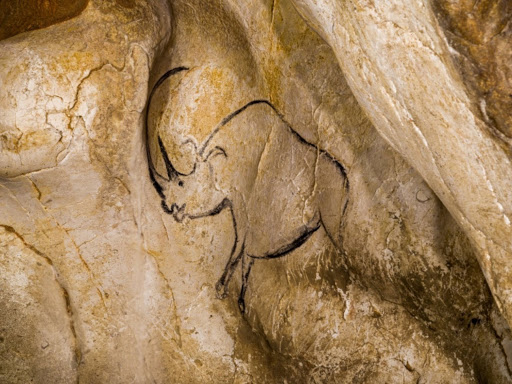The Chauvet-Pont-d’Arc Caves, in Southeast France, are one of the most important prehistoric sites ever discovered. Although these artworks were designed 35000 years ago but the animals drawn on the cave are considered to be masterpieces.

Cave art depicting groups of rhinos, humans hunting boar and buffaloes, human-animal hybrid etc are nearly 44,000 years old, making it one of the earliest known cave paintings by humans. Cave Paintings are pictorial records of storytelling and figurative art. The seeds of artistic creativity were sown as early as 65,000 years ago by Neanderthals (subspecies of Archaic Human) in Spain. It flourished in Europe where it burst and came into full fledged view.
Most common subjects of these cave doodles were wild animals — bison, horses, auroch, deer, human figures and symbolic art. They were developed using organic and inorganic pigments — red and yellow ochre, hematite, manganese oxide, charcoal etc. To further accentuate the features of the animals, artists used natural contours of the walls. These symbolic and religious paintings are believed to be drawn by Shamans, who went deep inside the cave to perform ceremonial trance and drew their spirit animals. These faded yet stark and evocative designs tell us about the distant past and provide us with the evidence of time. More precisely, it tells us about human evolution. Cave Painters weren’t just Picasso, drawing impressions on the walls. Rather, they had high-level cognitive processing to develop a communication system. Moreover, these cave graffiti tells us about the features of animals of that time, extinct animals and animals who have emerged.
The motivation that drove cave artists might be a mystery but the treasure it possesses to the contemporary world is immense.